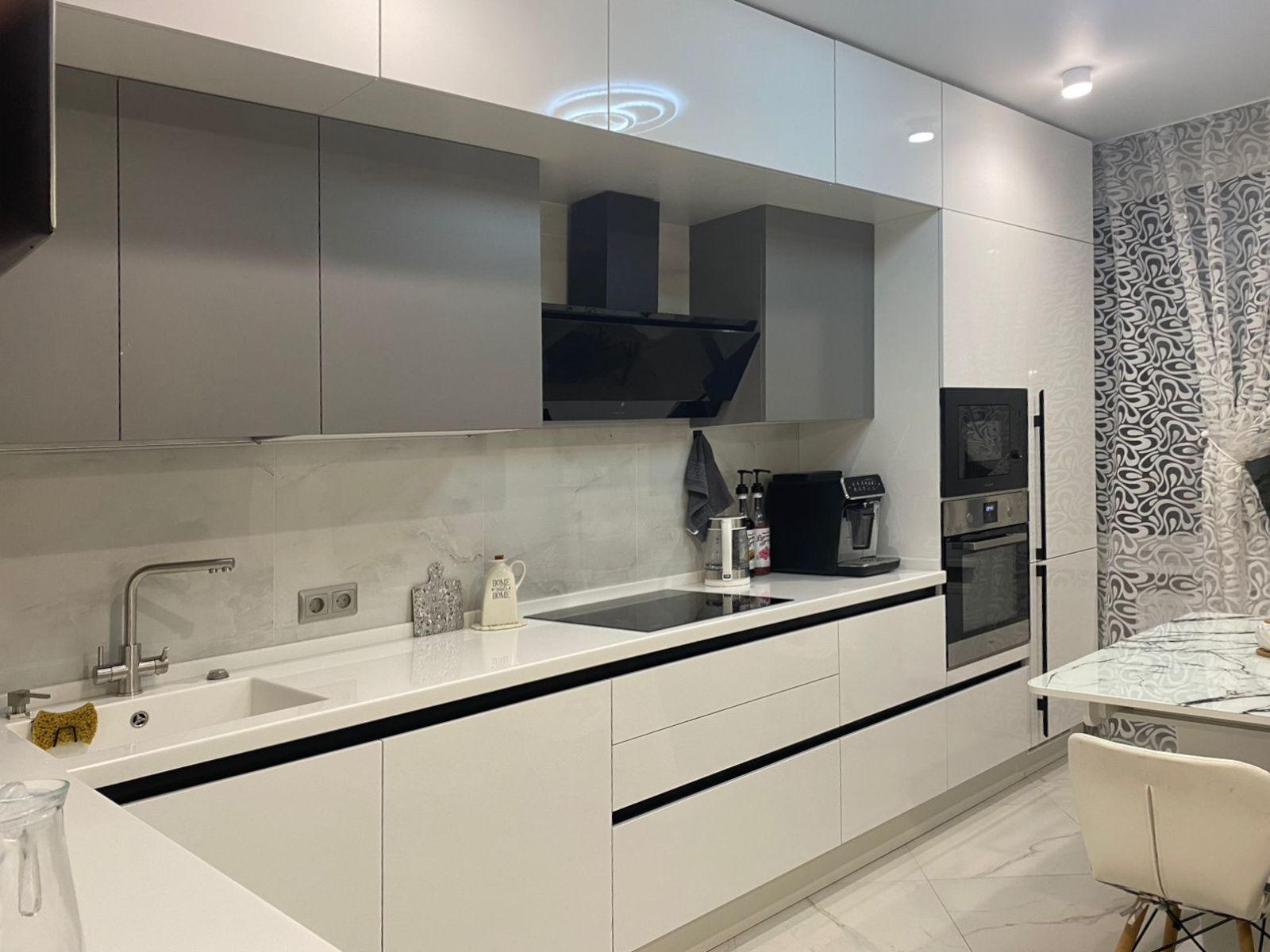
Culinary Spaces Reimagined Perfectly
Introduction to Modern Culinary Spaces
In a world where the love for food and the desire for unique dining experiences continue to grow, the reinvention of culinary spaces has become imperative. No longer are kitchens and dining rooms mere functional areas; they are now the heart of creativity and social interaction. This article explores how culinary spaces are being reimagined to accommodate new tastes, technologies, and trends perfectly.
The Integration of Technology in Kitchens
Modern culinary spaces are at the forefront of technological advancements. Smart appliances that can be controlled remotely, social refrigerators that keep track of groceries, and interactive countertops are just a few examples of how technology is being integrated into the kitchen. This technological leap not only improves functionality but also adds a layer of convenience and enhances the overall cooking experience.
Embracing Open Concept Designs
The traditional separation between the kitchen and dining area is becoming obsolete. Open concept designs are trending, as they create a sense of community and allow for a more interactive environment. This design encourages guests to engage with the cooking process, making meals a collaborative and entertaining event rather than a solitary activity for the host.
Maximizing Small Spaces
With urban living spaces getting smaller, the challenge to fit a fully functional kitchen in a compact area has spurred innovation. Designers are reimagining culinary spaces with multi-functional furniture, foldable workstations, and appliances that serve dual purposes. These solutions not only save space but also contribute to a sleek, minimalist aesthetic that is both practical and stylish.
Sustainable Practices and Materials
Sustainability is no longer a trend; it’s a necessity. Culinary spaces are being redesigned with eco-friendly materials and energy-efficient appliances. The usage of non-toxic, recycled, and renewable resources in countertops, cabinetry, and flooring is becoming common. Additionally, compost systems and herb gardens are popular features that emphasize a farm-to-table approach within the comfort of one's home.
The Blend of Functional and Artistic Elements
Kitchens are evolving into spaces that don’t just cater to the functional aspects of cooking but are also aesthetically pleasing. Artistic touches can be found in customized backsplashes, unique light fixtures, and bold color schemes. These elements not only reflect the individual’s personal style but also create a visually captivating space that inspires culinary creativity.
Conclusion: Culinary Spaces of the Future
As we look to the future, it is clear that culinary spaces will continue to evolve. With a focus on technology, open designs, space efficiency, sustainability, and aesthetics, these areas are being perfectly reimagined to cater to the evolving needs and desires of society. Whether for the amateur cook or the professional chef, the modern kitchen is not just a place to prepare food but a versatile, inviting, and innovative space that is central to home life.